Capturing the Fury: Close-Up Photos of Asia’s Largest Joint Military Exercise, Cobra Gold
A total of 9,500 soldiers from 33 countries, including the U.S., South Korea, Thailand, and Japan and China, participated in the exercise, with the mission of "Protecting our own people from contingencies on the Korean Peninsula and in China and Taiwan!
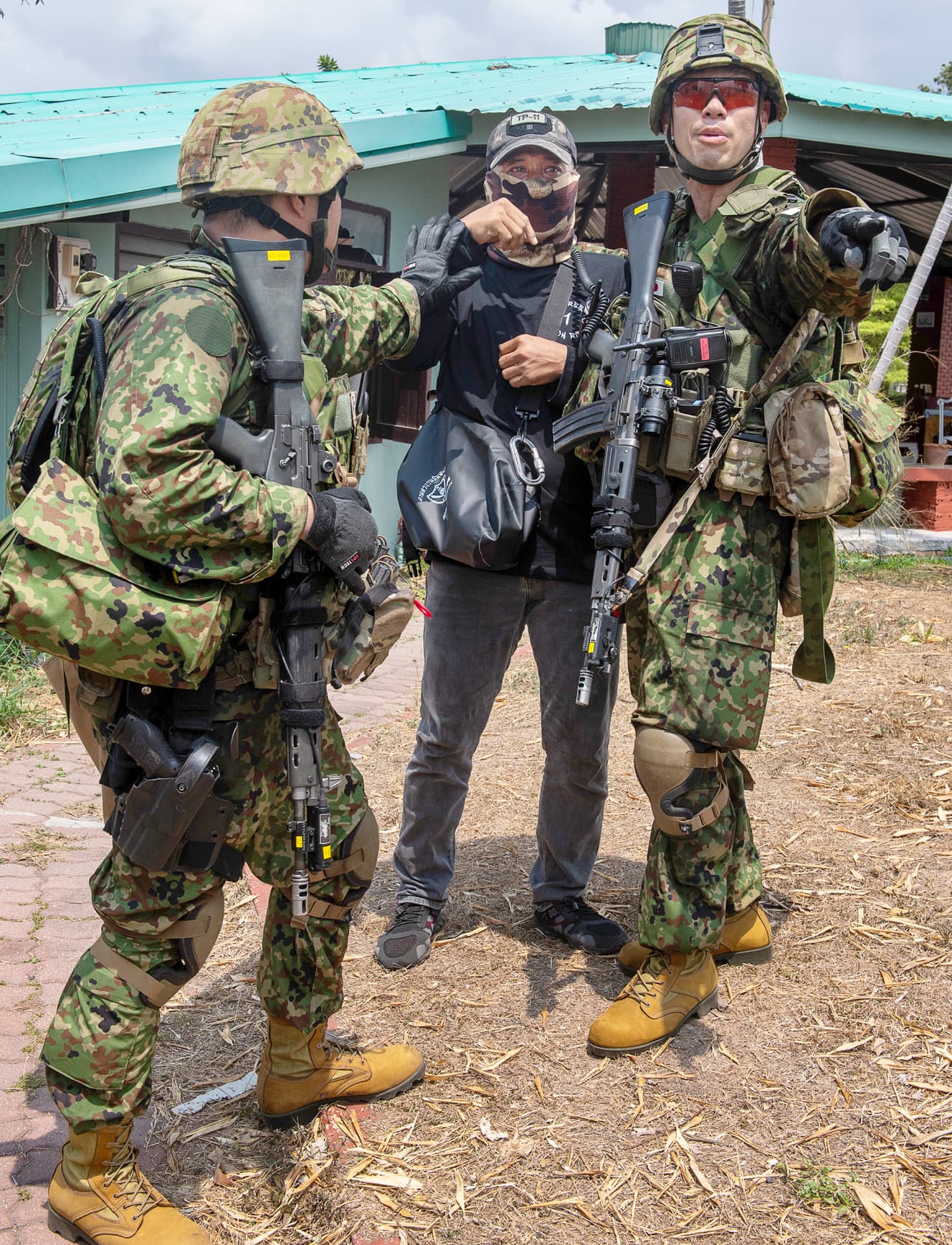
“Get us back to our country quickly!”
In the hangar turned shelter, shouts of people attempting to escape filled the air.
With the looming threat of terrorism and coup d’état due to political unrest, endangering civilians, various countries dispatched troops to rescue their compatriots.
“We’ll guide you onto the aircraft.”
A Self-Defense Force member with the Japanese flag on their camouflage shoulder informed the approximately 30 Japanese gathered in the hangar before leading them out. Among the Japanese evacuees were families with young children, as well as individuals with physical disabilities using wheelchairs or walking sticks. Armed Self-Defense Force members, along with US and Thai soldiers, escorted them, guarding them from all sides as they walked, remaining vigilant. Waiting for them ahead was a US Air Force transport plane, a C-130.
Suddenly, the movements of the remaining Self-Defense Force personnel in the hangar became frantic. An unfamiliar man had crossed the fence and was attempting to enter the airport premises. A Self-Defense Force member carrying a rifle rushed over, surrounding the man. He was a local resident shouting, “Get me on the plane! Take me to a safe place!” Although agitated, he had proper identification, so the Self-Defense Force member advised him, “Please go through the proper procedures.” The airport remained in chaos throughout.
This scene unfolded during “Cobra Gold,” a multinational military exercise held from February 27th to March 8th across various locations in Thailand. Cobra Gold, hosted by Thailand and the United States, saw participation from 33 countries and over 9,500 personnel, making it the largest military exercise in Asia.
The first Cobra Gold exercise took place in 1982, initially as a bilateral military exercise between Thailand and the United States. The US military, involved in the Vietnam War for over 20 years, faced challenges with Southeast Asia’s unique climate, terrain, and language barriers. Thus, they chose to collaborate with the Thai military to understand the region’s distinct environment.
During the height of the Cold War, as the US military considered withdrawing, there were political motives to prevent Southeast Asia from falling under communist influence. Holding Thailand, a core country in Southeast Asia and a leader among ASEAN nations, was strategically significant.
While initially conducted as a bilateral exercise, it gradually evolved into a multilateral exercise to construct ASEAN’s security framework, inviting neighboring countries. It eventually evolved into a multinational exercise, contributing to stability in Southeast Asia and the broader Indo-Pacific region. Japan has participated since 2005.
Thailand has historically pursued a policy of all-round diplomacy, welcoming all comers. In 2013, they even accepted observer participation from neighboring Myanmar, and since 2014, they have limited participation from the People’s Liberation Army of China, which has become a disruptive force in the Indo-Pacific region.
During the exercise period, various training scenarios were conducted. One of them was the NEO (Non-combatant Evacuation Operation) carried out on March 3rd, with Japan taking a leading role. This operation involves safely evacuating one’s own citizens caught in conflicts or disasters abroad back to their home country, a mission considered crucial by all countries in the current climate of frequent terrorism and regional disputes.
In Japan, it’s referred to as “evacuation of Japanese nationals” and is stipulated in Article 84 of the Self-Defense Forces Law. The Central Readiness Regiment of the Ground Self-Defense Force, responsible for guiding evacuees, and the Air Support Group of the Air Self-Defense Force, operating transportation aircraft, specialize in this mission. Both units participated in this exercise.
In the event of contingencies on the Korean Peninsula or in the Taiwan Strait, the first challenge would be swiftly evacuating Japanese nationals from South Korea or Taiwan back to Japan. Transporting tens of thousands of people amidst conflict is no easy task, making cooperation with other countries indispensable.
While such training is conducted annually within Japan, “Cobra Gold” provides a more practical setting for its implementation, positioning it as a crucial aspect among the numerous multinational military exercises conducted throughout the year.
This time, about 250 members of the Self-Defense Forces from Japan, the United States, and Thailand, along with the Ministry of Foreign Affairs, participated. It’s unlikely that those fleeing for their lives would have their passports on them. Hence, the Ministry of Foreign Affairs also needs to practice methods of identifying individuals and issuing temporary passports. Additionally, the roles of evacuees were portrayed convincingly by Japanese volunteers residing in Thailand.
The highlight of the 11-day exercise was the live-fire exercise CALFEX conducted on March 8th. While primarily held between the US and Thailand, this year, the South Korean Marines participated. Surprisingly, after Japan, South Korea shows significant enthusiasm for participating in “Cobra Gold.” It seems that both the US and Thailand aspire to conduct multinational live-fire exercises in the future.
The intentions of a great power, China
In recent years, as an exhibition, multinational parachute training by airborne and special forces units from participating countries has been incorporated into the exercises. This year, two members from the Ground Self-Defense Force participated. Additionally, countries like Singapore and Malaysia also took part. There are rumors that China has expressed interest in joining as well, aiming for full participation in “Cobra Gold,” which seems natural as they aspire to become a regular participant.
In this manner, “Cobra Gold” concluded successfully amidst various aspirations from participating countries. Multinational military exercises hold significance akin to the Olympics. To be meaningful, sending troops instead of merely observing is necessary. Becoming a regular member increases one’s influence on regional security.
It has already been decided that “Cobra Gold” will be held again next year. Whether Japan will participate in live-fire exercises, whether South Korea will increase its participation, and whether China will become a regular participant—all these remain to be seen.
Amidst the rapidly changing security environment in East Asia, the significance of these exercises continues to grow.

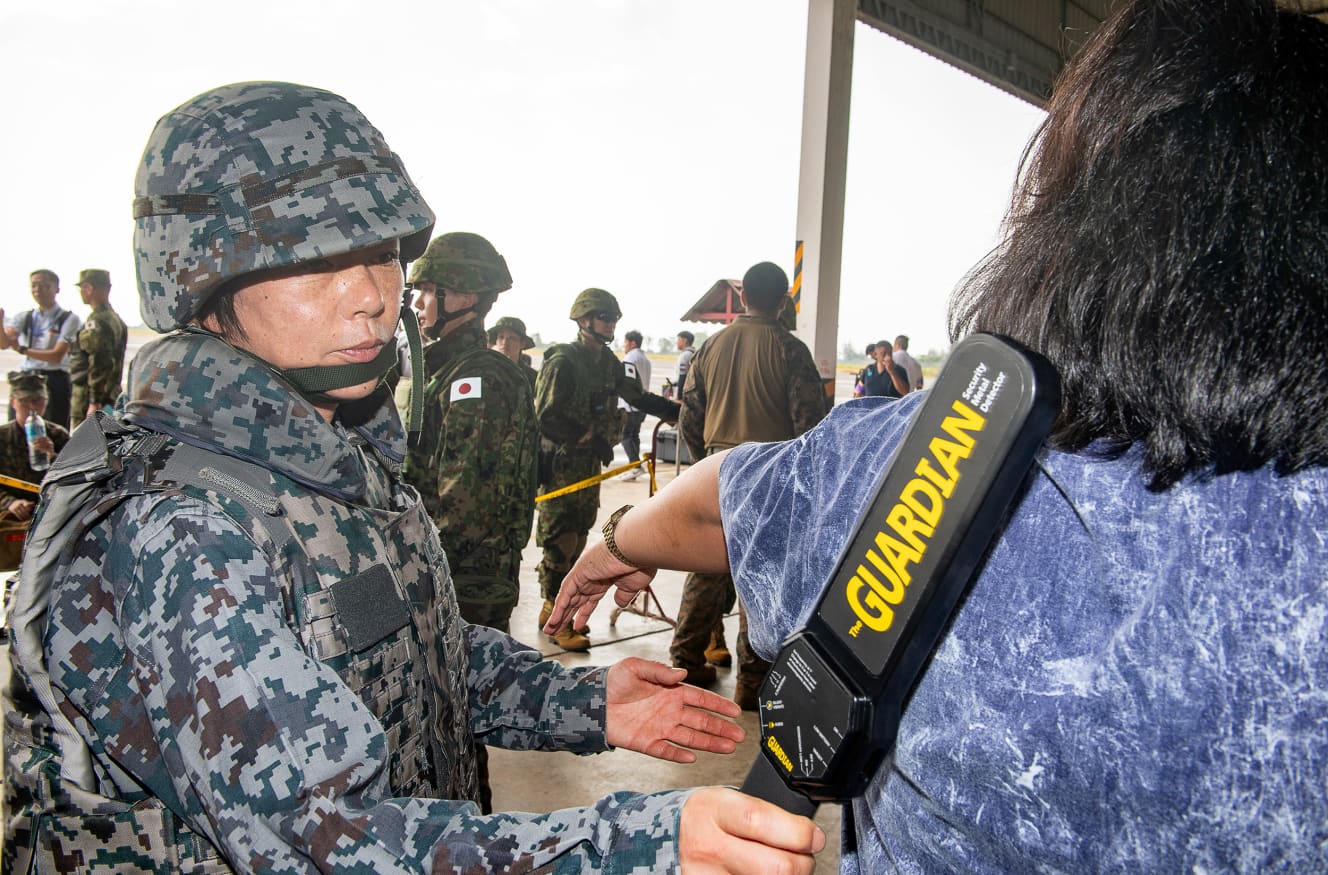
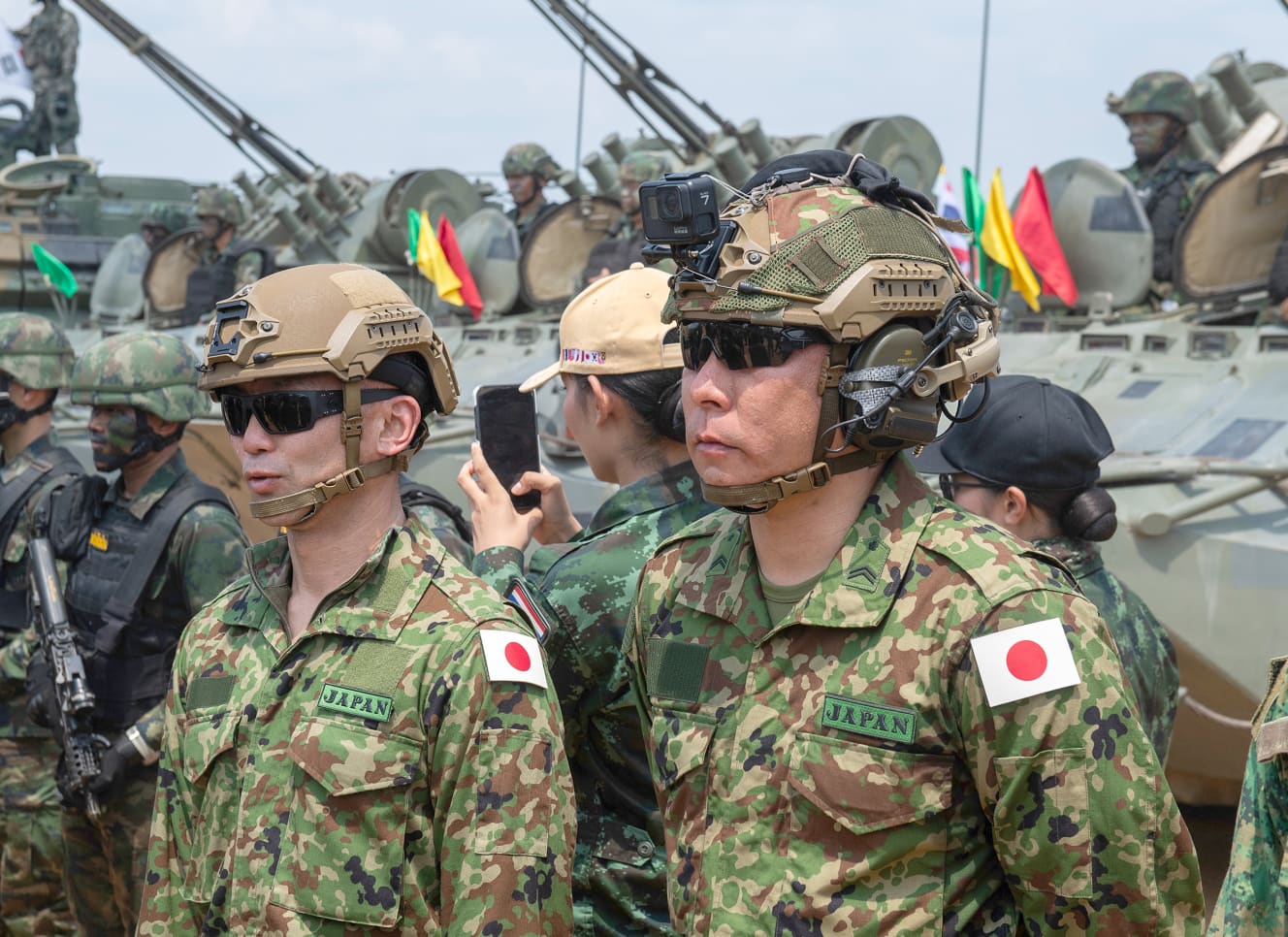
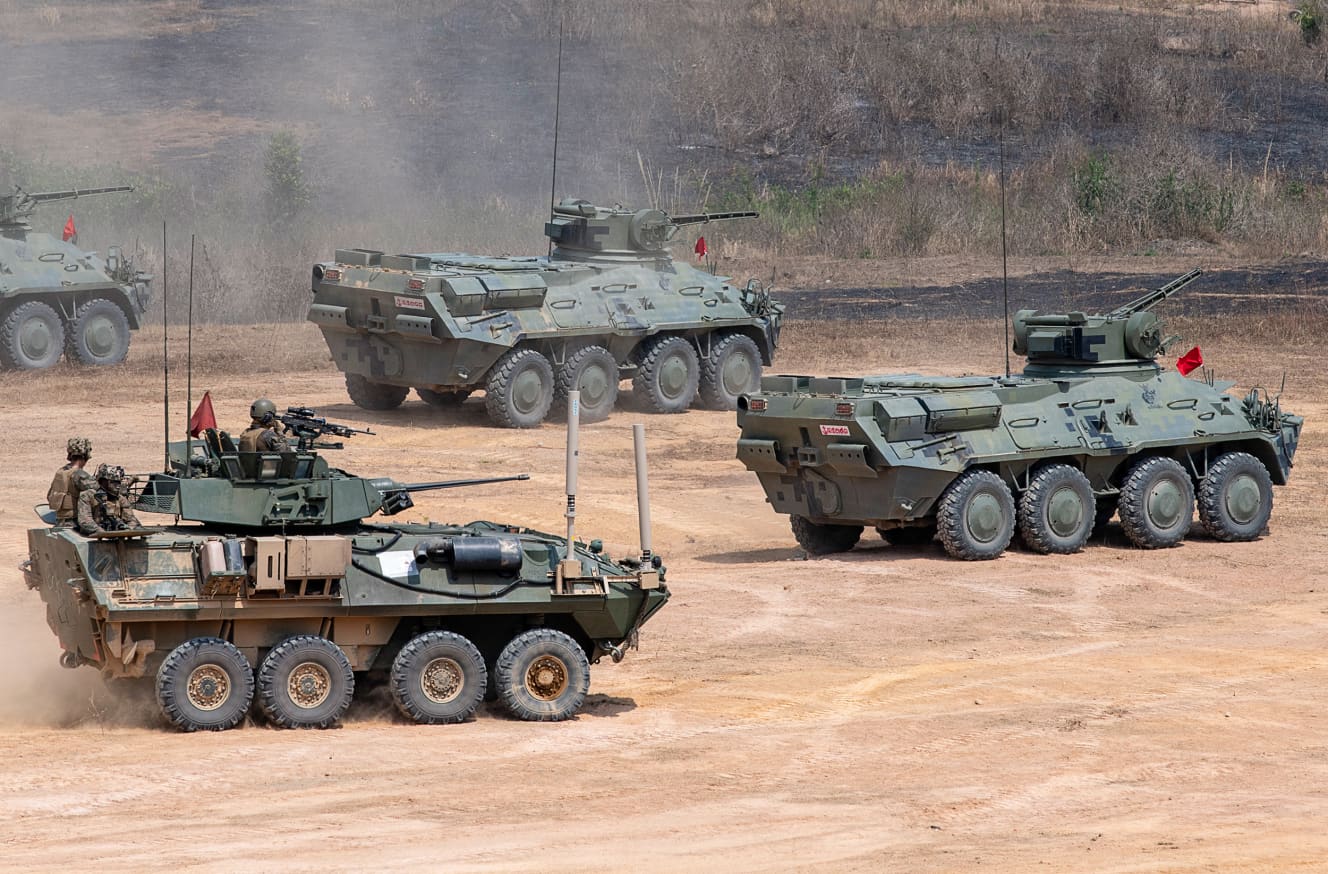
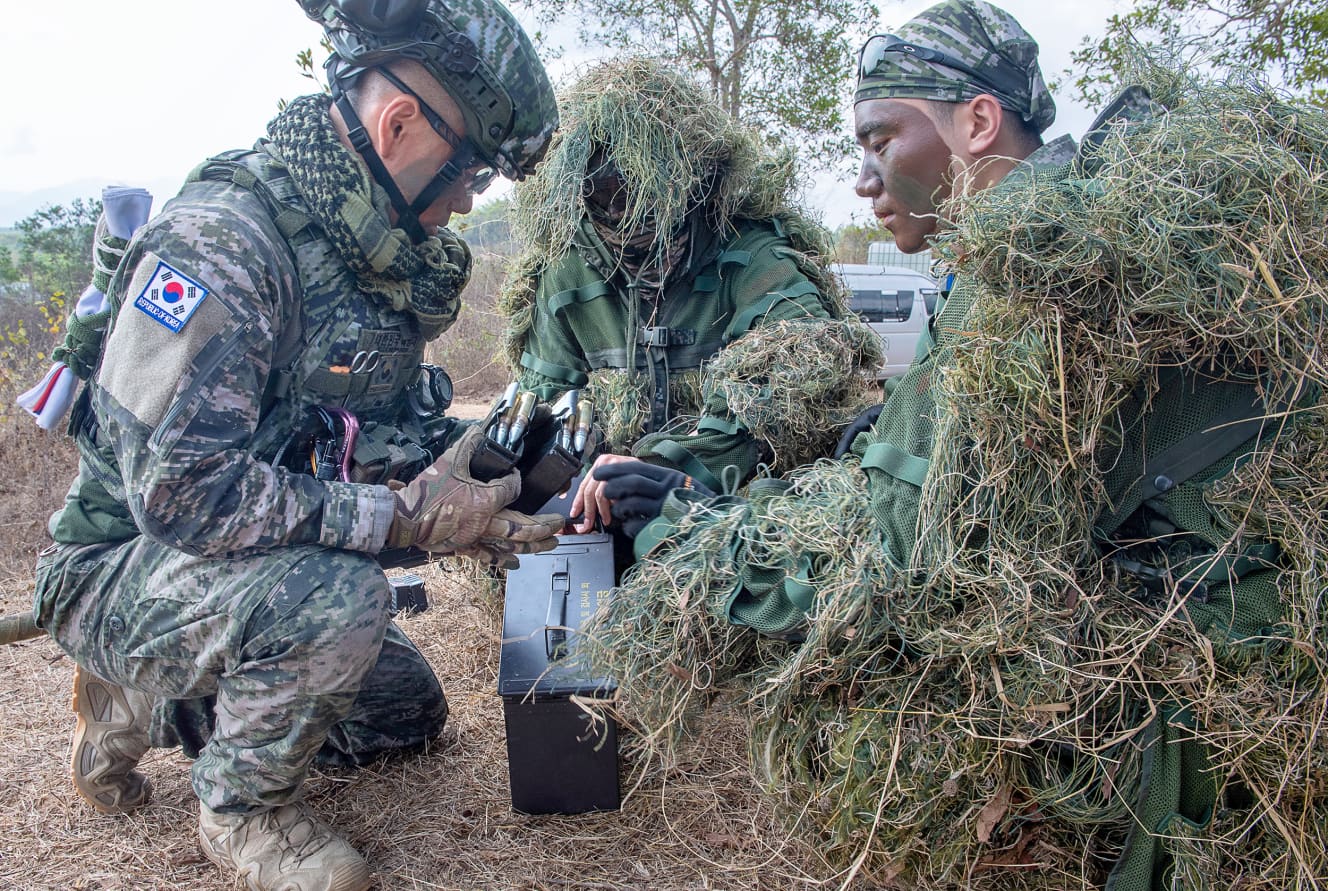
From the April 19, 2024 issue of FRIDAY
Photography and text by: Masayuki Kikuchi